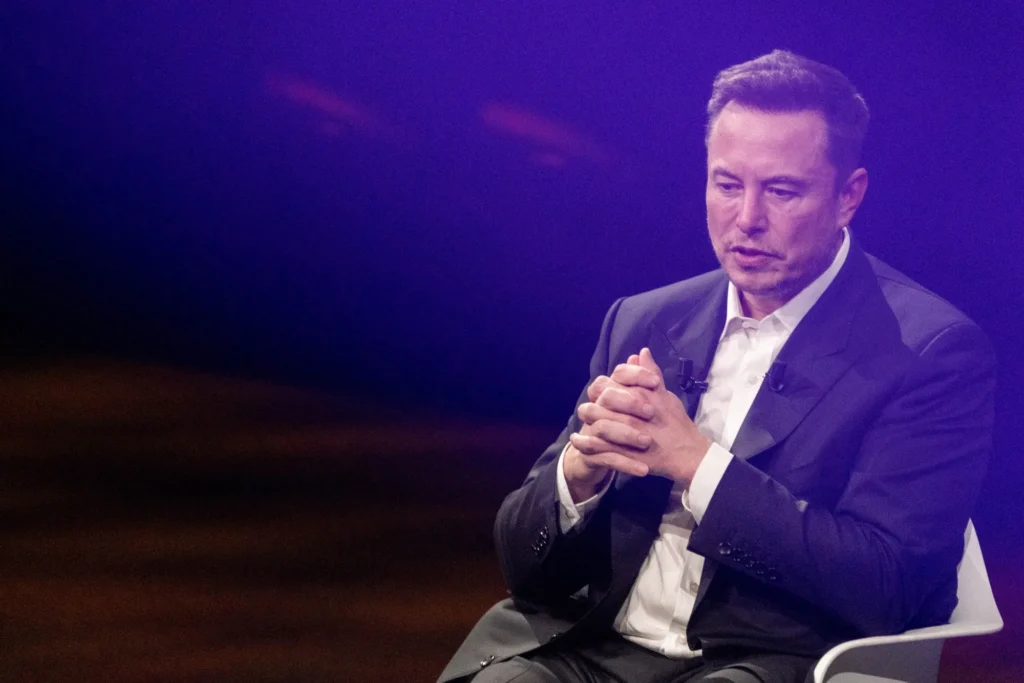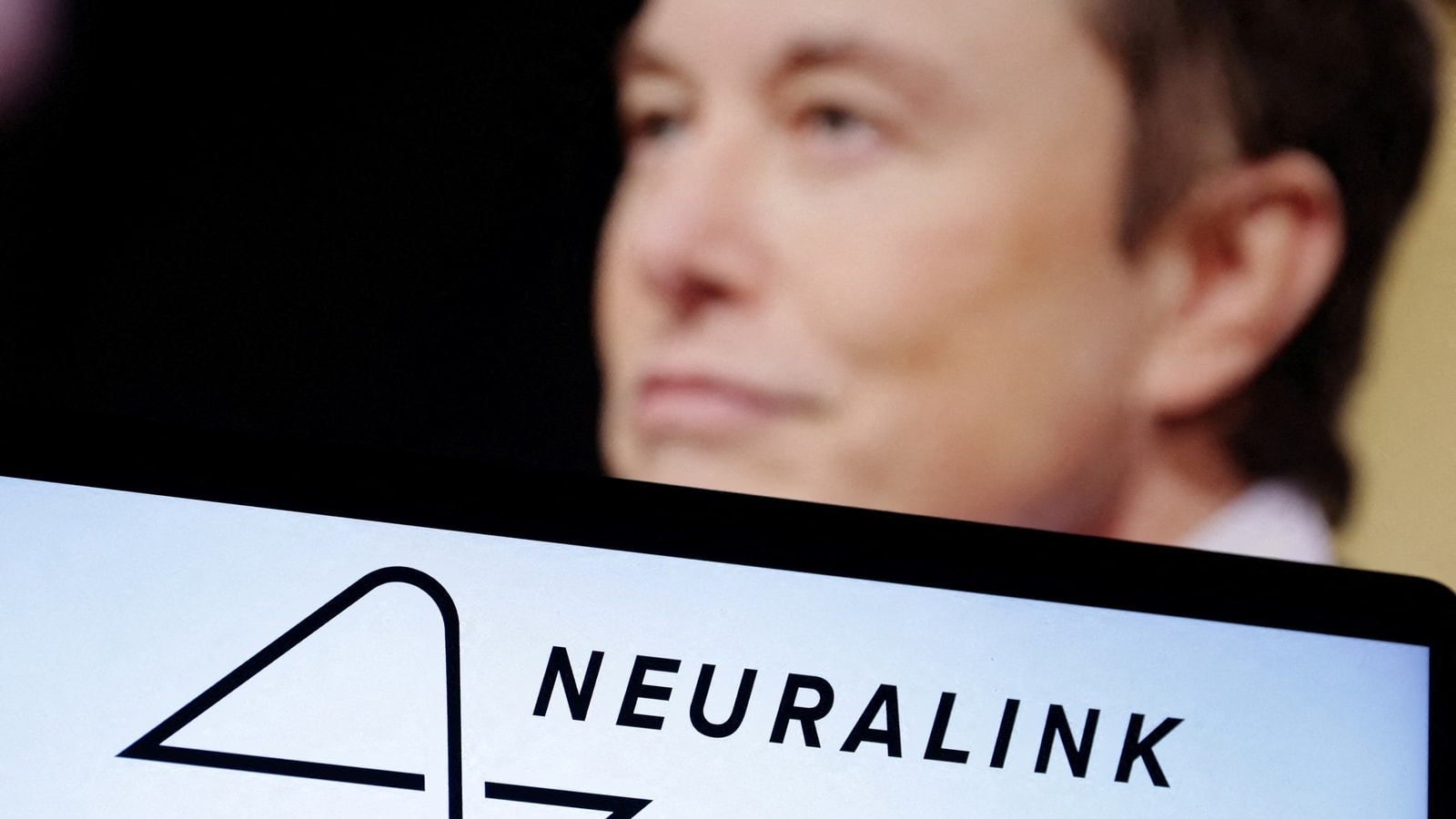Neuralink’s Device Aims to Assist Patients with Quadriplegia and Severe Movement Limitations
Neuralink Corp., the brain-computer interface company founded by Elon Musk, has announced a significant milestone with the successful implantation of its second brain device in a human subject. According to the company, the surgery proceeded smoothly, and the patient has already demonstrated the device’s capabilities by designing 3D objects and playing video games such as Counter-Strike 2. This advancement represents a notable step forward in Neuralink’s quest to integrate brain-computer interfaces with everyday activities.
The success of this second implant contrasts with the challenges faced during the first implant procedure. The initial patient, Noland Arbaugh, experienced an unexpected complication where the electrode threads used in the device began retracting from his brain, which posed significant hurdles. Addressing these issues has been crucial for Neuralink as it strives to refine its technology and ensure its reliability.
To mitigate the risks associated with electrode retraction, Neuralink has implemented several improvements in its surgical approach. One key change involved minimizing brain movement during the procedure, which helps to keep the electrode threads securely in place. Additionally, the company has made adjustments to reduce the gap between the implant and the brain’s surface, enhancing the device’s stability and performance.

These adjustments reflect Neuralink’s commitment to overcoming the technical challenges associated with brain-computer interfaces. The company has focused on refining both the device’s design and the surgical techniques to improve outcomes and user experience. The progress made with the second implant is a testament to the advancements in the technology and the company’s dedication to pushing the boundaries of what is possible in brain-machine interaction.
Neuralink’s achievements with the second implant also highlight the potential applications of its technology. By enabling patients to engage in complex tasks such as 3D design and gaming, the device demonstrates its potential to enhance cognitive and motor functions, particularly for individuals with severe movement limitations. This capability underscores the transformative impact that brain-computer interfaces could have on various aspects of daily life.
Looking ahead, Neuralink’s continued efforts will likely focus on expanding the scope of its technology and addressing any remaining challenges. The company’s ongoing research and development aim to refine the device further and explore additional applications that could benefit patients with a range of neurological conditions. The successful outcome of the second implant surgery marks an important step in Neuralink’s journey toward revolutionizing the field of brain-computer interfaces and improving the quality of life for individuals with severe disabilities.


















